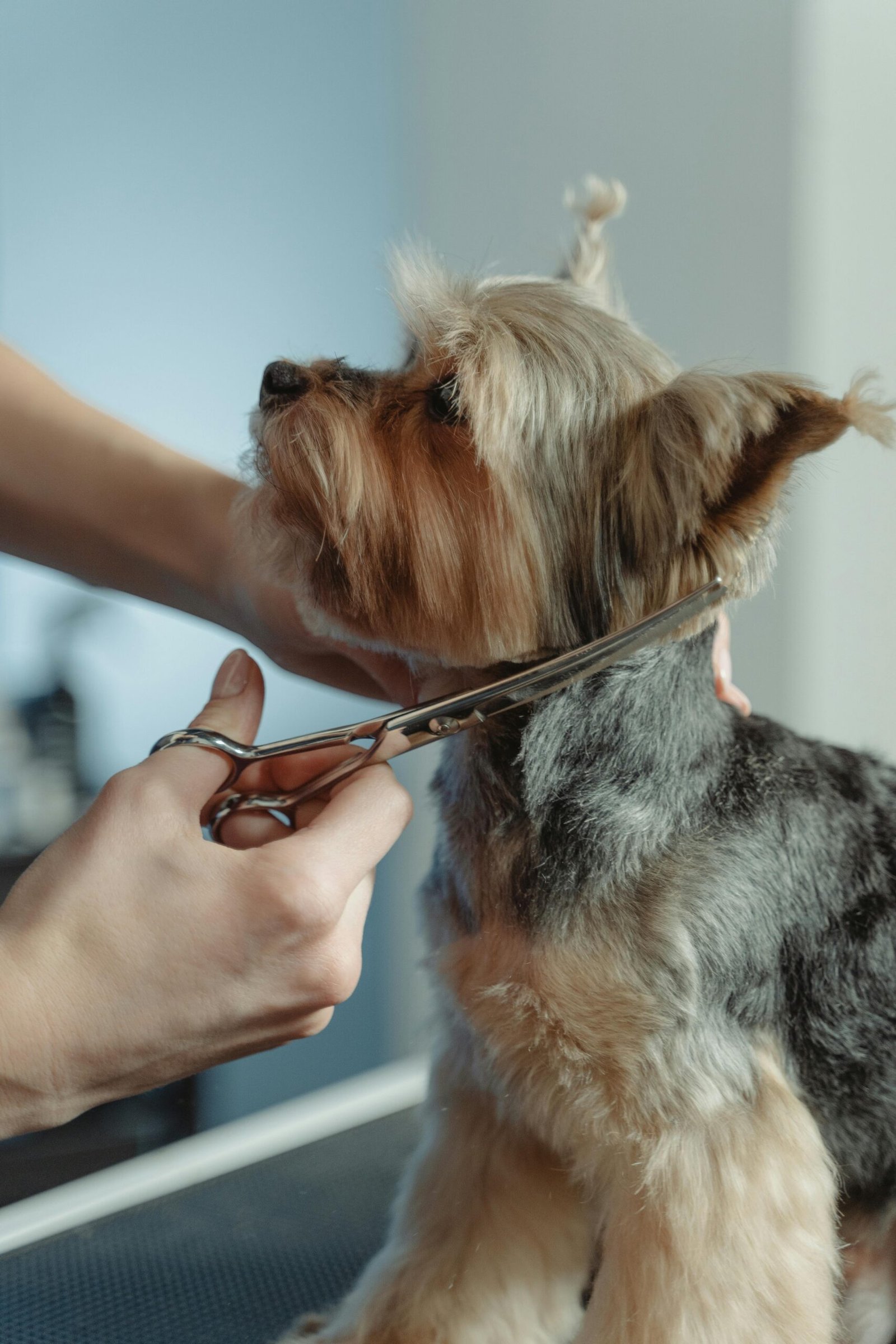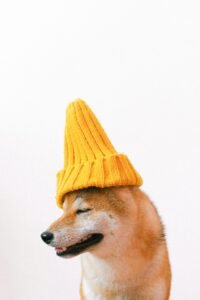Dog grooming isn’t just about aesthetics—it’s a sign of your dog’s overall health. Grooming removes dirt, reduces shedding, and helps you detect skin issues early. Whether your dog has a long, luxurious coat or a short, sleek one, a consistent grooming routine is key to keeping their skin and coat in top condition.
keep your dog’s coat shiny and healthy with regular grooming. Learn expert tips on brushing, bathing, and choosing the best grooming products for your furry friend.
1. The Benefits of Grooming Your Dog
A. Promotes Healthy Skin and Coat
- Regular brushing stimulates natural oil production, which nourishes the coat and keeps it shiny.
- Removes dead hair, dirt, and debris, preventing tangles and matting.
B. Prevents Skin Problems
- Grooming helps spot skin irritations, parasites (like fleas and ticks), and infections early.
- Keeps sensitive areas clean, reducing the risk of hotspots or rashes.
C. Reduces Shedding
Frequent brushing and bathing minimize shedding, keeping your home cleaner and your dog more comfortable.
D. Strengthens the Bond
Grooming time is an opportunity to strengthen your bond with your dog, providing comfort and care.

2. Dog grooming: Essential Grooming Tools for a Healthy Coat
A. Brushes and Combs
The right brush depends on your dog’s coat type:
- Slicker Brushes: Great for removing tangles in long-haired breeds like Golden Retrievers or Shih Tzus.
- Bristle Brushes: Ideal for short-haired breeds like Boxers or Beagles, adding shine to the coat.
- De-shedding Tools: Effective for heavy shedders like Huskies and Labradors.
B. Clippers and Scissors
For breeds that require regular trimming, invest in quality clippers or grooming scissors.
C. Dog Shampoo and Conditioner
- Use hypoallergenic or coat-specific shampoos to avoid irritation.
- Conditioners help detangle and add moisture for dogs with long or curly coats.
D. Nail Clippers and Grinders
Maintaining nail length prevents discomfort and injury during walks.
E. Grooming Wipes
Perfect for quick cleanups between baths or after outdoor adventures.
3. Step-by-Step Grooming Routine for a Healthy Coat
A. Regular Brushing
Frequency:
- Long-haired dogs: Daily brushing to prevent matting.
- Short-haired dogs: Weekly brushing to remove loose hair.
Tips:
- Start at the head and work your way to the tail.
- Be gentle, especially in sensitive areas like the belly and ears.
- Use a de-matting tool for knots, but never pull forcefully.
B. Bathing
Frequency:
- Generally, bathe your dog every 4-6 weeks, but this depends on their activity level and coat type.
How to Bathe Your Dog:
- Brush your dog before bathing to remove loose hair.
- Use lukewarm water and a dog-specific shampoo.
- Massage the shampoo into the coat, avoiding the eyes and ears.
- Rinse thoroughly to prevent residue, which can irritate the skin.
- Towel dry or use a low-heat blow dryer for long-haired breeds.
Recommended Products:
- Earthbath Oatmeal & Aloe Shampoo: Gentle and soothing for sensitive skin.
- Burt’s Bees for Dogs Conditioner: Adds moisture and shine.
C. Ear Cleaning
Frequency: Check ears weekly for dirt or odor.
How-To: Use a vet-approved ear cleaner and a soft cotton pad to wipe the outer ear gently.
D. Nail Trimming
Frequency: Trim nails every 3-4 weeks or as needed.
Tips:
- Use clippers designed for dogs to avoid splitting.
- Trim gradually, avoiding the quick (pink area in the nail).
E. Final Touches
- Apply a coat spray for extra shine.
- Use grooming wipes for a finishing polish.

4. Grooming Tips for Specific Coat Types
A. Short Coats
- Example Breeds: Dobermans, Pugs.
- Focus on weekly brushing with a bristle brush and regular bathing.
B. Double Coats
- Example Breeds: Siberian Huskies, German Shepherds.
- Use de-shedding tools during shedding seasons to manage undercoat.
C. Long or Silky Coats
- Example Breeds: Afghan Hounds, Maltese.
- Daily brushing and frequent conditioning are essential to prevent tangling.
D. Curly or Wavy Coats
- Example Breeds: Poodles, Portuguese Water Dogs.
- Use a slicker brush and schedule regular trims to maintain shape and texture.
5. Common Grooming Mistakes to Avoid
- Using Human Products: Human shampoos can disrupt a dog’s skin pH and cause irritation.
- Skipping Regular Brushing: Leads to mats, which can be painful and damage the coat.
- Ignoring the Ears and Nails: Neglecting these areas can result in infections or discomfort.
- Overbathing: Strips natural oils, leading to dry skin and a dull coat.
Grooming isn’t just about keeping your dog looking good—it’s about their overall health and happiness. With the right tools, products, and techniques, you can ensure your furry friend’s coat stays shiny, soft, and healthy.


